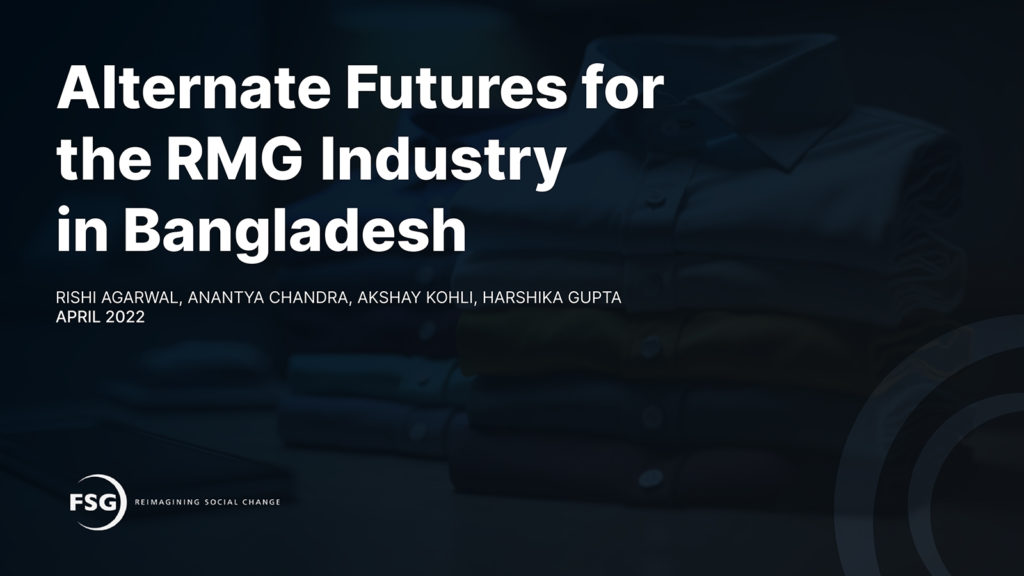
Alternate Futures for the RMG Industry in Bangladesh
The present state of Bangladesh’s Ready-Made Garment (RMG) industry is marked by substantial economic growth, increasing urbanization, and transformative developments within the sector. Since 1980, Bangladesh’s economy has expanded nearly 15 times, leading to a significant reduction in poverty.
The middle class is projected to reach 40% of the population by 2026, with a growing urban population, particularly in major cities like Dhaka and Chattogram. This urbanization coincides with a decline in agricultural employment and a rising focus on the services sector.
The RMG sector, a pivotal driver of Bangladesh’s economic development, currently employs almost 4 million individuals, contributing 14% to the country’s GDP. However, the industry is undergoing structural changes influenced by global trends and technological advancements. Automation is gaining prominence, especially in larger factories, aiming to enhance production efficiency and reduce order lead times. The sector is also experiencing consolidation, with international brands forming longer-term strategic contracts with fewer but larger RMG factories.
Global consumer preferences are shifting, with an increased emphasis on sustainability and online apparel shopping, accelerated by the COVID-19 pandemic. Gen Z consumers, in particular, prioritize sustainable fashion choices and environmental consciousness. International retailers are adapting to these changes by incorporating data-driven sourcing decisions and highlighting sustainability as a competitive advantage. Near-shoring practices, favoring regional hubs like Mexico and Turkey, are becoming more prevalent, posing challenges for Bangladesh’s RMG industry, which traditionally relied on key markets for 80% of its export demand.
Competitively, Bangladesh has faced challenges, losing ground to Vietnam, which has become the world’s second-largest RMG exporter after China. Vietnam’s diverse product mix and preferential trade access to major markets have contributed to its competitive position, surpassing Bangladesh in annual RMG exports.
Given the uncertainties surrounding the RMG industry, such as the rate of automation adoption and market access preferences, scenario planning becomes crucial. Scenario planning, as advocated by futurist Peter Schwartz, provides a shared language to deepen conversations about the future and shape it proactively. It involves identifying forces of change and creating data-driven stories to capture potential futures. The H&M Foundation is conducting a long-term Collective Impact initiative to prepare female garment workers for an automated and digital future. Scenario planning is employed to ensure future-sensitive interventions, considering potential scenarios for the evolution of Bangladesh’s RMG industry by 2030.
The focal question for this scenario planning exercise is to understand how the RMG industry in Bangladesh might evolve over the next ten years. This involves exploring changes in industry structure, global consumer preferences, and the impact on various stakeholders, including suppliers. The exercise aims to anticipate and prepare for multiple potential scenarios that could unfold in the coming years.

|
Interested to learn more? |


 LightCastle Editorial Wing
LightCastle Editorial Wing